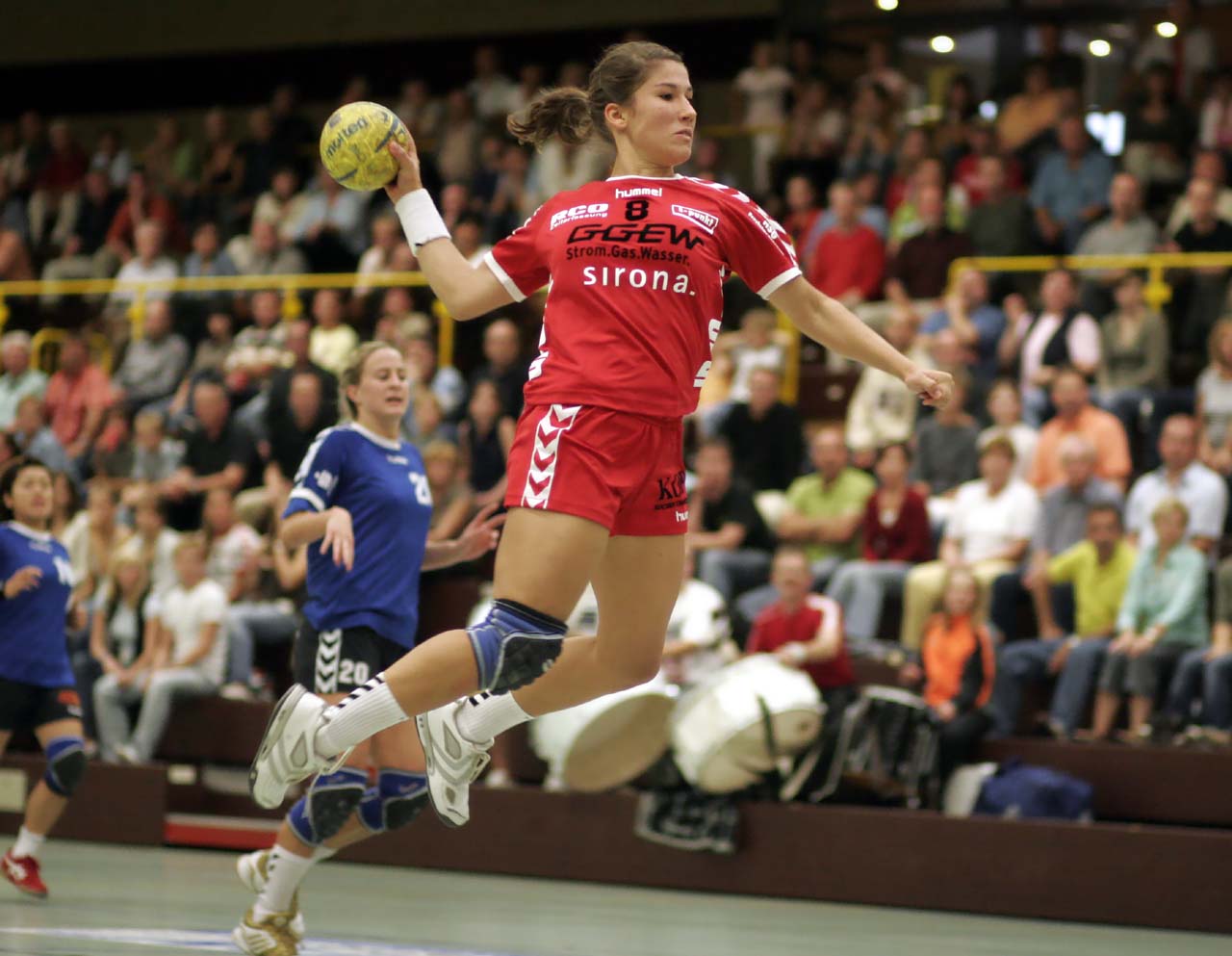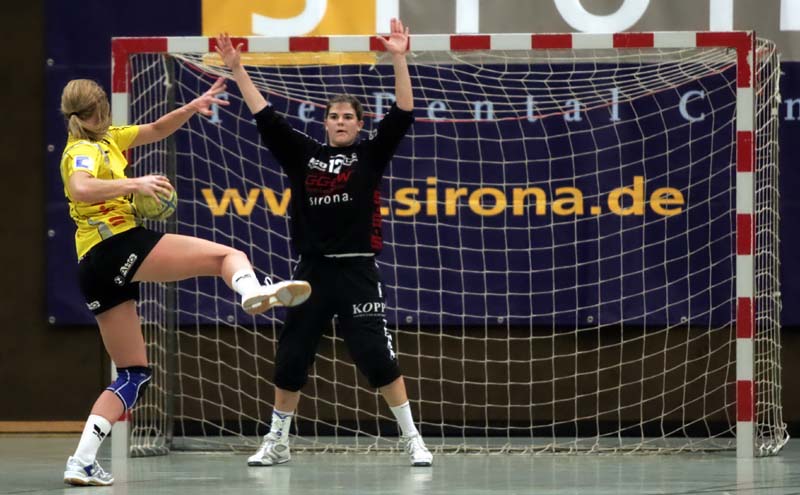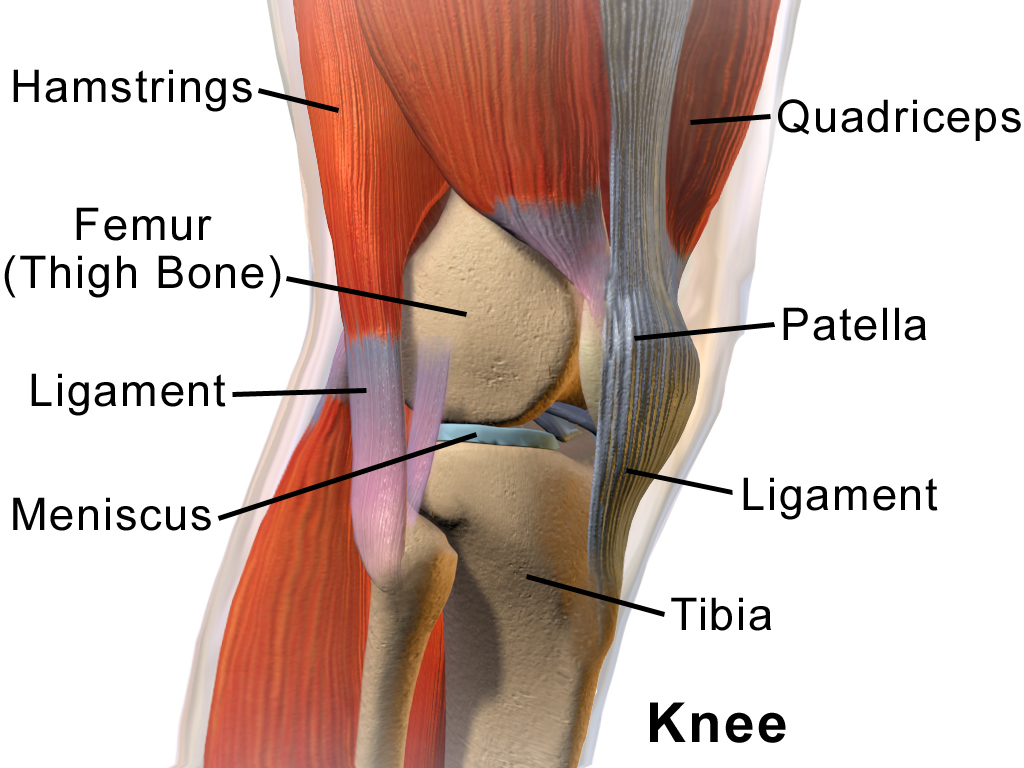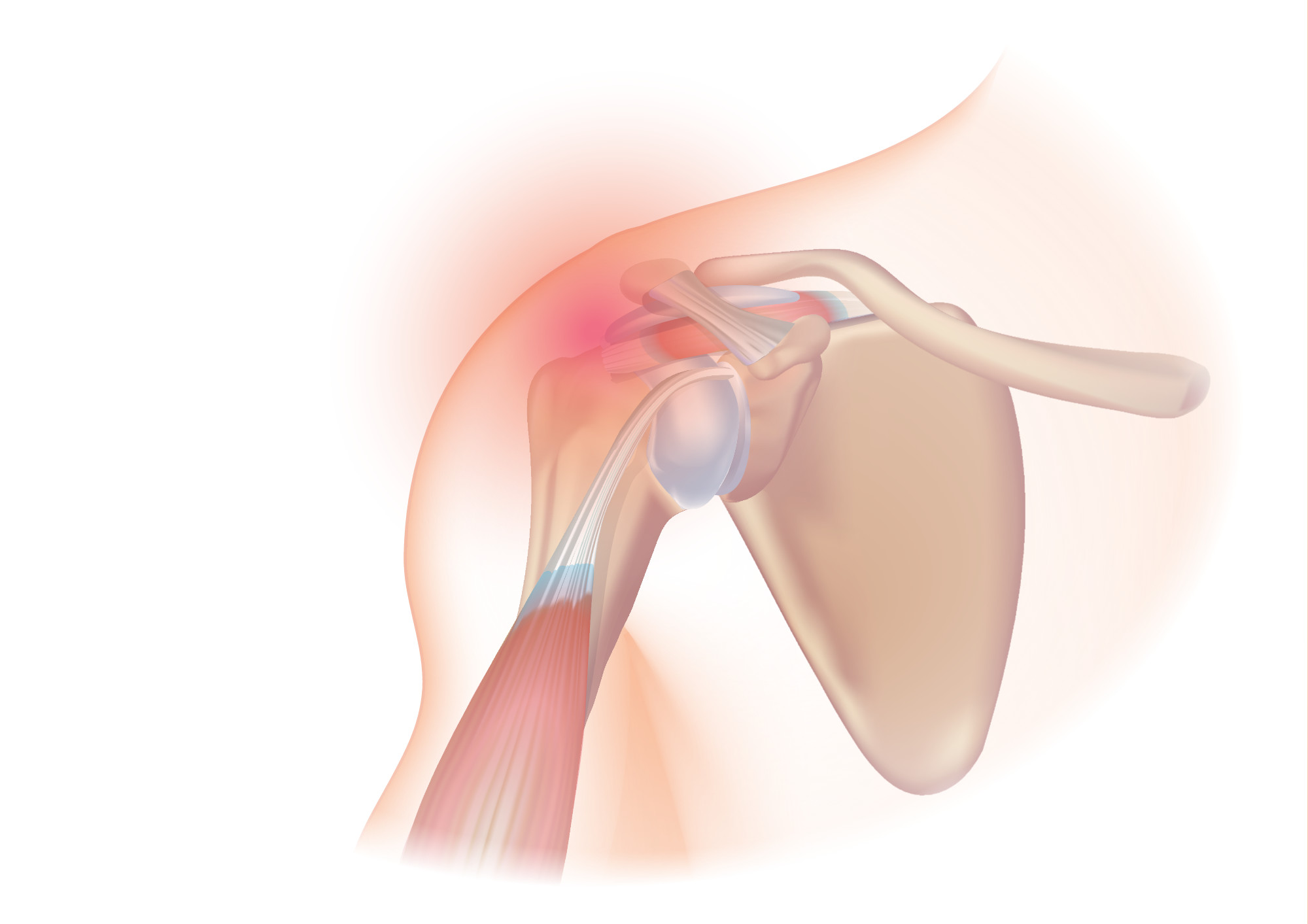Warm-up exercises to prevent lower limb injuries in youth sports
Posted on 17th February 2017 by Ali Al Saqri

This blog is a critical appraisal of a cluster randomized controlled trial evaluating the effectiveness of exercises to prevent lower limb injuries in youth sports.
Background:
Lower limb injuries in youth athletes are common. This is the particularly the case in sports involving running, cutting (e.g. side-stepping) and landing techniques which need neuromuscular control, balance, and strength. This study looked at whether a structured warm-up programme could reduce lower limb injuries among youth handball players.
It is believed that preventive training, such as warm-up exercises, should be included as a part of youth sports programmes. Indeed, there have been some promising reports on the benefits of warm-up exercises to prevent injuries. However, many studies have been small and/or non-randomized. This study was a randomized controlled trial, using a cluster design.
What was the study? 
The study employed a large sample of 1837 handball players aged between 15-17 years. The purpose was to determine the effectiveness of warm-up exercises during one league season (8 months) to prevent lower limb injuries among youth athletes.
The study involved 120 handball clubs from central and eastern Norway divided into an intervention group (n = 958) and a control group (n = 879). Clubs were randomly allocated to either the control or intervention group. The clubs in the intervention group were instructed to follow a structured programme of warm-up exercises during the season, whereas the clubs in the control group were instructed to do their training as usual.
The primary outcome was defined as an acute injury to the knee or ankle. The secondary outcome was defined as any injury to the lower limbs.
Results:
Prior to this study, a pilot study was conducted to estimate the incidence of acute injuries to knee and ankle joints in handball players. It estimated the rate of injuries to be 12 per 100 players per league season.
This trial found that including a structured warm-up programme as a part of their training led to a clinically and statistically significant reduction in acute knee and ankle injuries among handball players. In the intervention group, there were 48 injuries during the season. In the control group, there were 81 injuries during the season.
Strengths and weaknesses:
In order to examine the study critically, the CASP RCT appraisal tool was used. The trial addressed a clearly focused issue, with clearly defined 1) population, 2) intervention and 3) outcome measures. However, one important consideration is that the control group was asked to do their training as usual. 13 (22%) of the clubs in the control group did actually use specific exercises intended to prevent injuries as part of their training. (This included training on the balance mat and wobble board). These 13 clubs did actually also have significantly fewer injured players compared to the other control clubs that did not include any injury prevention training.
The sample size of the study was large, consisting of 1837 participants. The statistician who conducted the randomization was not involved in the intervention.
The clubs included in the study were matched by region, playing level, sex, and number of players. This ensured similarity between the intervention and control groups. There were no significant differences between the two groups in the study at baseline. There were also no differences in drop out rates and match exposure (i.e. playing time).
Moreover, the ten research physiotherapists involved in this study were blinded to which groups the injured participants were in. The physiotherapists were contacted by the team coaches only, at least once a month to record exposure time and any injuries. This data was coded anonymously.
Conclusion:
This study provides evidence to support the benefits of a structured warm-up program to prevent acute knee and ankle injuries among youth athletes. This suggests structured warm-up programmes should be routinely included in training. Further research should assess whether such warm-up programmes can prevent injuries in other areas of the body.
References:
OLSEN, O. E., MYKLEBUST, G., ENGEBRETSEN, L., HOLME, I. and BAHR, R., 2005.Exercises to prevent lower limb injuries in youth sports: Cluster randomized controlled trial. BMJ. February, vol.330, no.7489, pp.449-0 [Viewed 10 December 2016]. Available from: http://www.ncbi.nlm.nih.gov/pmc/articles/PMC549653/
CRITICAL APPRISAL SKILLS PROGRAMME (CASP) – MAKING SENSE OF EVIDENCE., 2013. CASP Randomized Controlled Trial Checklist [online]. [Viewed 10 December 2016]. Available from: http://media.wix.com/ugd/dded87_40b9ff0bf53840478331915a8ed8b2fb.pdf



